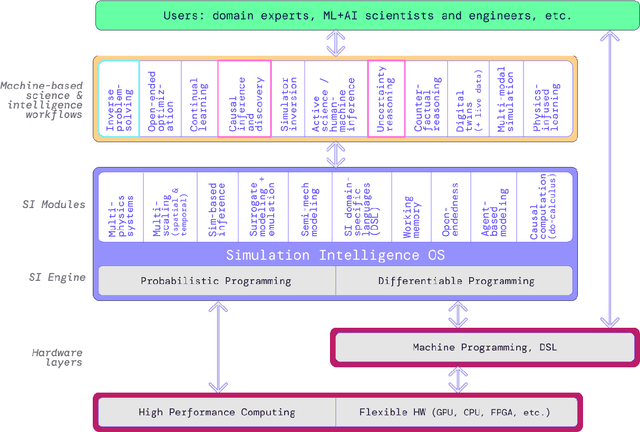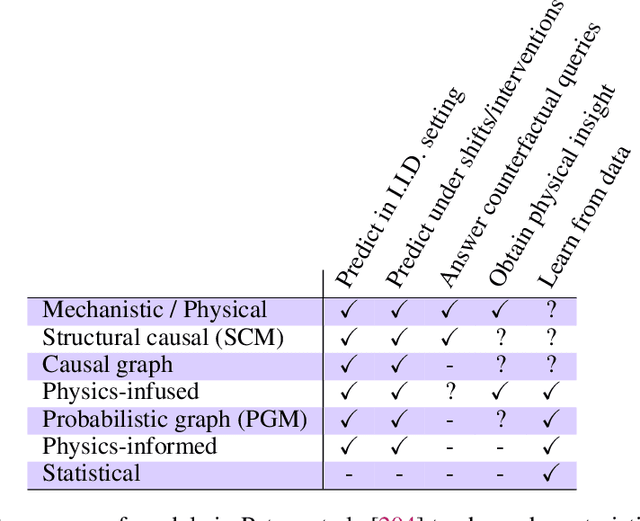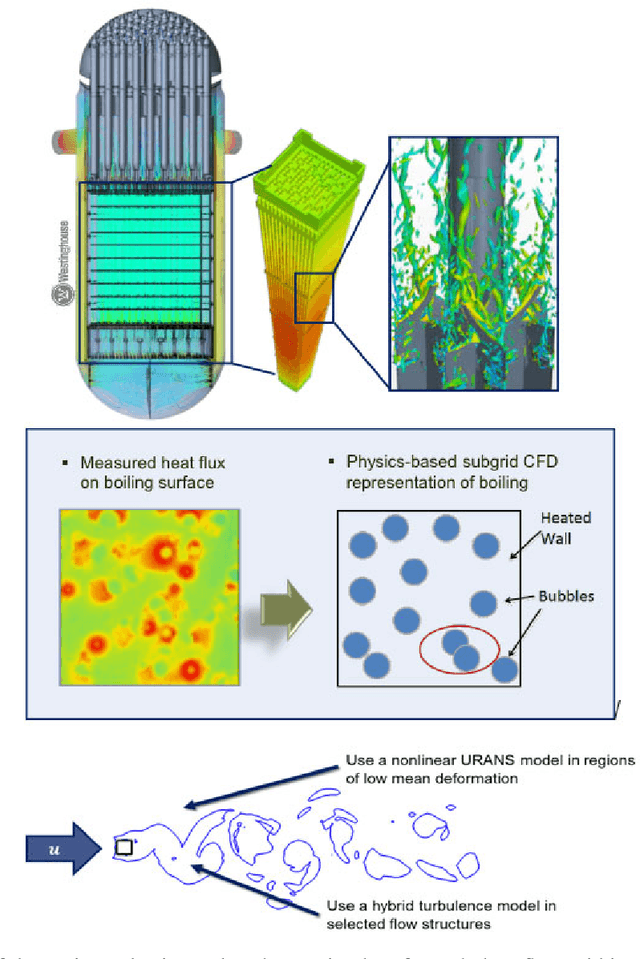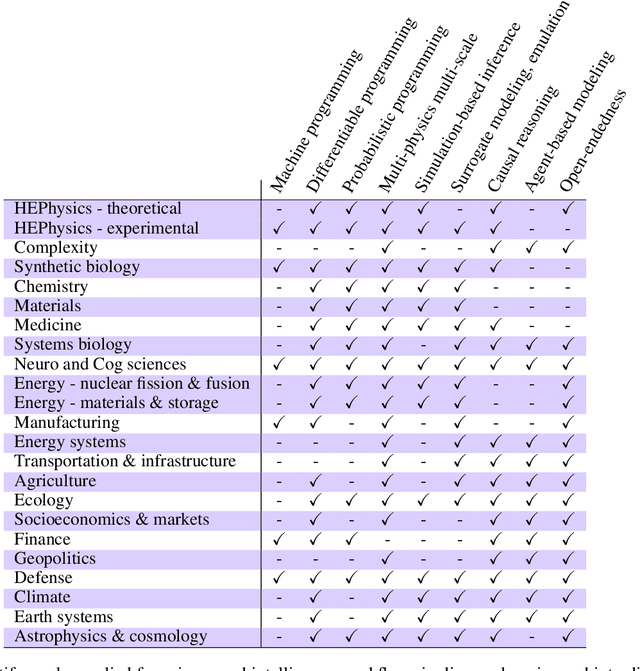David Krakauer
Physical Complexity of a Cognitive Artifact
Sep 15, 2025Abstract:Cognitive science and theoretical computer science both seek to classify and explain the difficulty of tasks. Mechanisms of intelligence are those that reduce task difficulty. Here we map concepts from the computational complexity of a physical puzzle, the Soma Cube, onto cognitive problem-solving strategies through a ``Principle of Materiality''. By analyzing the puzzle's branching factor, measured through search tree outdegree, we quantitatively assess task difficulty and systematically examine how different strategies modify complexity. We incrementally refine a trial-and-error search by layering preprocessing (cognitive chunking), value ordering (cognitive free-sorting), variable ordering (cognitive scaffolding), and pruning (cognitive inference). We discuss how the competent use of artifacts reduces effective time complexity by exploiting physical constraints and propose a model of intelligence as a library of algorithms that recruit the capabilities of both mind and matter.
Simulation Intelligence: Towards a New Generation of Scientific Methods
Dec 06, 2021



Abstract:The original "Seven Motifs" set forth a roadmap of essential methods for the field of scientific computing, where a motif is an algorithmic method that captures a pattern of computation and data movement. We present the "Nine Motifs of Simulation Intelligence", a roadmap for the development and integration of the essential algorithms necessary for a merger of scientific computing, scientific simulation, and artificial intelligence. We call this merger simulation intelligence (SI), for short. We argue the motifs of simulation intelligence are interconnected and interdependent, much like the components within the layers of an operating system. Using this metaphor, we explore the nature of each layer of the simulation intelligence operating system stack (SI-stack) and the motifs therein: (1) Multi-physics and multi-scale modeling; (2) Surrogate modeling and emulation; (3) Simulation-based inference; (4) Causal modeling and inference; (5) Agent-based modeling; (6) Probabilistic programming; (7) Differentiable programming; (8) Open-ended optimization; (9) Machine programming. We believe coordinated efforts between motifs offers immense opportunity to accelerate scientific discovery, from solving inverse problems in synthetic biology and climate science, to directing nuclear energy experiments and predicting emergent behavior in socioeconomic settings. We elaborate on each layer of the SI-stack, detailing the state-of-art methods, presenting examples to highlight challenges and opportunities, and advocating for specific ways to advance the motifs and the synergies from their combinations. Advancing and integrating these technologies can enable a robust and efficient hypothesis-simulation-analysis type of scientific method, which we introduce with several use-cases for human-machine teaming and automated science.
 Add to Chrome
Add to Chrome Add to Firefox
Add to Firefox Add to Edge
Add to Edge